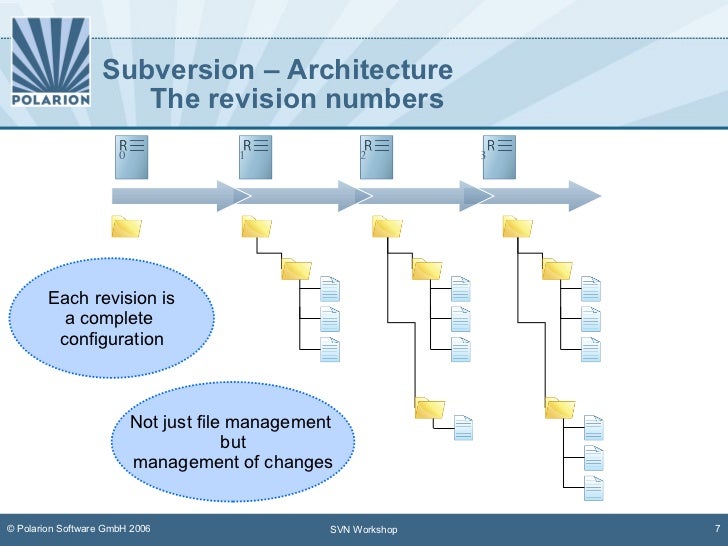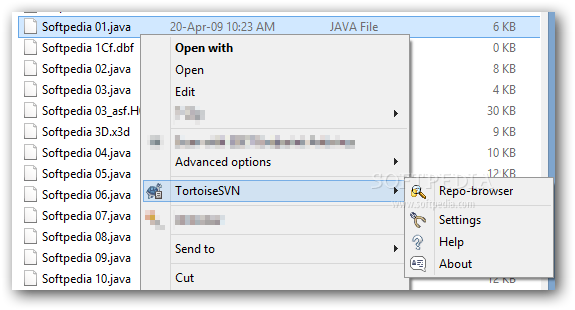



We have a new SVN Server without any files in the repository. TortoiseSVN -> Import: with this option, you can push files and directories into the repository to start things off. SVN Checkout: with this option, we’ll pull the files from a particular repository on our SVN server.Ģ. The Tortoise SVN menu item then having a whole new sub menu related to SVN actions.Īt this point, we’re ready to start working with files in our repository on our Visual SVN server. This should show you a couple of top-level menu items that Tortoise now provides us with SVN Checkout and Tortoise SVN. You may need to restart your machine after this install but once completed you should be able to confirm the install by opening an ‘Explorer’ window and right clicking… These utilities can come in handy at times, especially when integrating with other tools (like TestComplete for example). Worth adding the command line client tools at this point… Run this installer and work your way through the prompts (accepting most of the defaults). To start we’ll need to download and install the Tortoise SVN client from here… So the focus of this tutorial, installing Tortoise SVN and importing our initial set of files so that they are controlled by SVN. An ‘Import’ is used to put a bunch of files (files that aren’t already version controlled by SVN) into the repository for the first time. Before we do either of these actions though we’ll start with an ‘Import’. The act of putting files back into the repository known as a ‘Commit’. The act of pulling files from the repository is known as a ‘Check Out’. The client allows us to pull files out of our central repository and push files back into that repository. Once the server and repository are configured we need to setup our client to access this repository. Your own SVN server gives you an environment in which to practice and experiment. We’ve setup our own Visual SVN server instance because it’s the quickest way to get started and to help us learn. This will probably already be in place and you’ll be given an account that allows you access. When working with your team at work or collaboratively over the net, you probably won’t need to setup the server. In the first tutorial we looked at why we need SVN and setting up our own Visual SVN server.


 0 kommentar(er)
0 kommentar(er)
